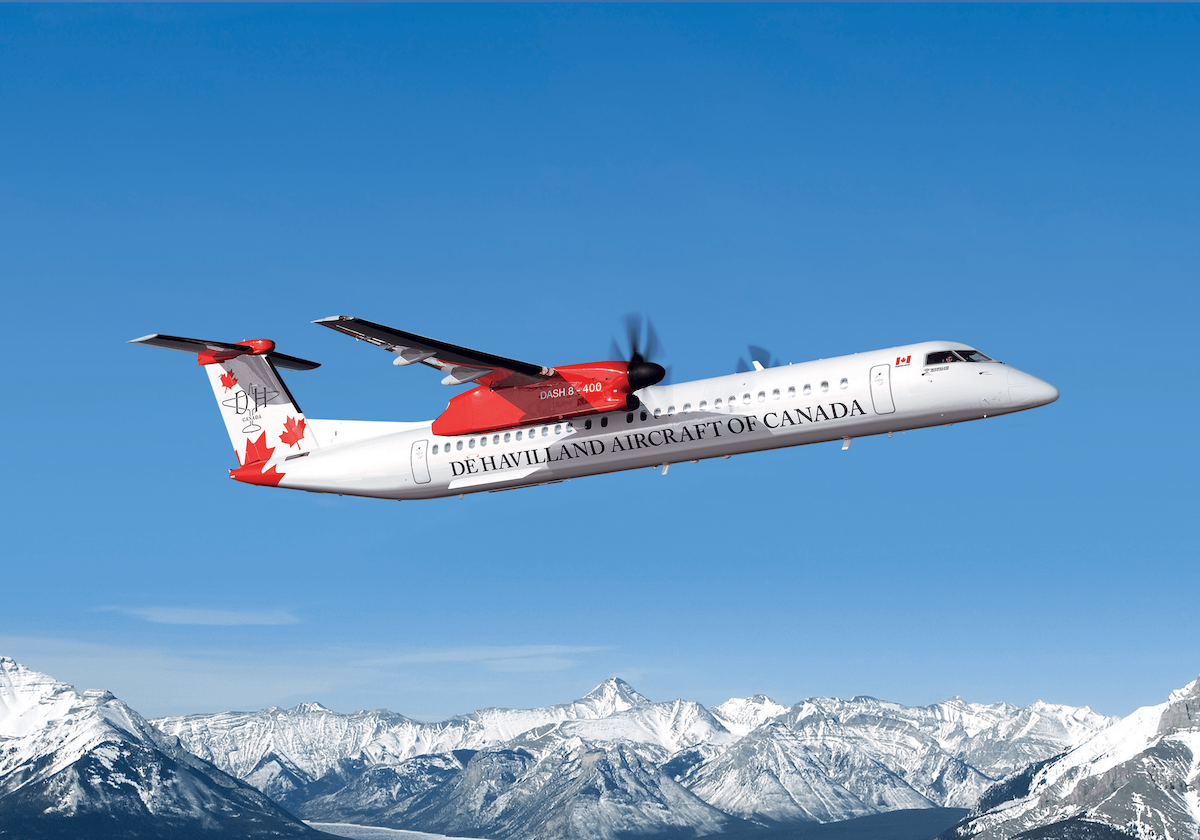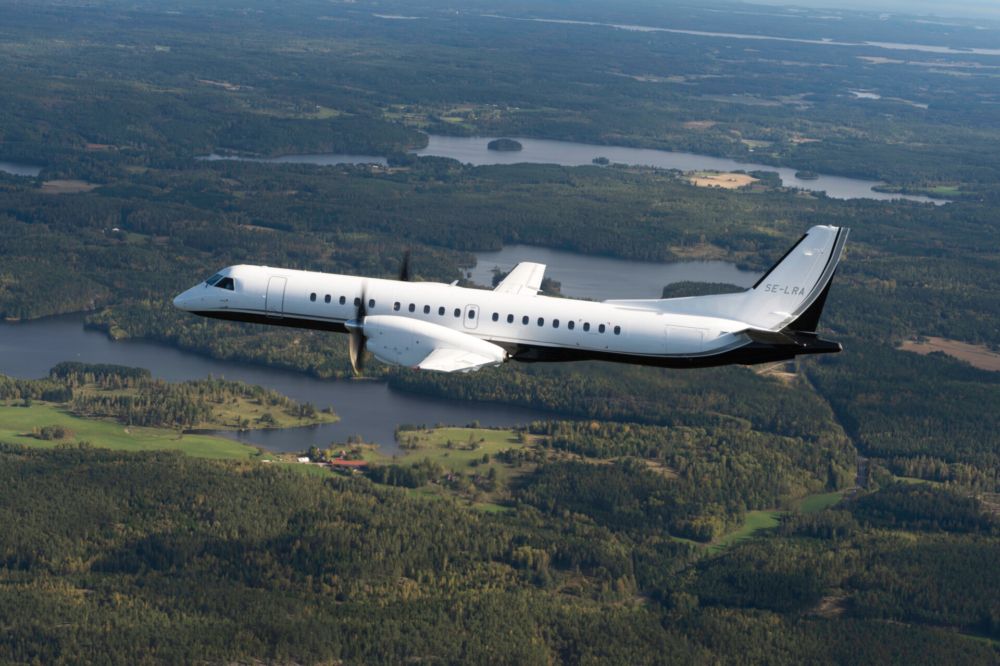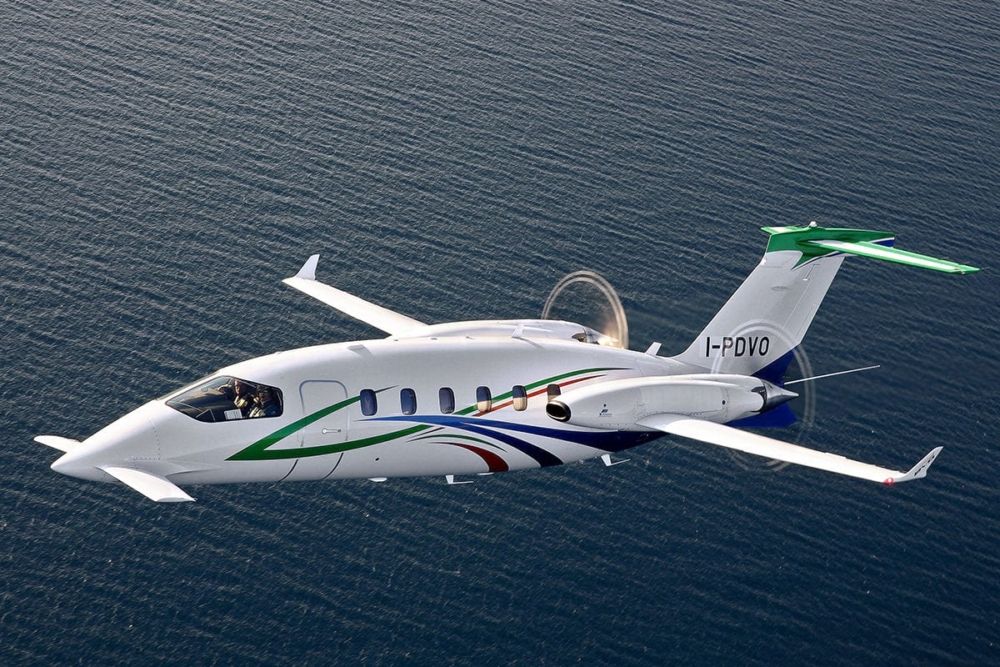Earlier this year, we took a look at passenger aircraft with the highest cruising altitudes and service ceilings. Unsurprisingly, all of the 'top' performers were jet aircraft. However, when it comes to passenger turboprops, which planes have the highest cruising altitude? Let's take a look.
Regional turboprops in regular commercial service
There are two main passenger turboprops in the world used for regular commercial service. These are the Dash 8-400 and the ATR72/42. Operated by airlines (mostly their regional subsidiaries) worldwide, you'll mostly find yourself in either an ATR or Dash 8 when it comes to passenger turboprop flights.
When it comes to the altitude these aircraft fly at, both the ATR72 and ATR42 have a service ceiling of roughly 25,000 feet, while the Dash 8-400 can fly at an altitude of 27,000 feet.
Less common than the aforementioned aircraft are turboprops by Swedish firm Saab. The service ceiling of the Saab 2000 is an impressive 31,000 feet. Meanwhile, the Saab 340, like the aforementioned ATR turboprops, can fly at 25,000 feet.
While the Saab 2000 can be used as a civilian passenger turboprop, there seems to be only one airline in the world using the aircraft: Swedish carrier Air Leap, which operates flights around Sweden, Norway, and Finland.
Tiny turboprops fly higher
While the turboprop aircraft mentioned in the previous section can be used by airlines, it's less common for the smaller turboprops mentioned this section to be used in regular commercial service. While the larger turboprops mentioned carry somewhere between 35 and 90 passengers, the following planes carry between eight and 11 passengers. Despite not flying for airlines, they are still considered passenger aircraft and worth taking a look at in this article.
The Beechcraft Super King Air 350i, which carries up to 11 passengers, can fly at altitudes of 35,000 feet. The same is true for the nine-passenger Cessna Conquest II.
However, it appears that the two turboprop aircraft that win the title for highest cruising altitude are the eight-passenger Avanti EVO, and 10-passenger Cheyenne 400LS. These can fly as high as 41,000 feet- quite an impressive accomplishment!
Get your boarding pass to the flight of the year. The Future Flying Forum is taking off soon!
Why do turboprops fly lower?
While commercial aircraft typically fly between 31,000 and 38,000 feet, why do turboprops typically have service ceilings of less than 30,000?
The answer is that turboprops are most efficient at an altitude between 25,000 and 30,000 feet. That's because turboprops work best at a particular density of air- and going higher than the mid 20,000s makes it more difficult for turboprops to efficiently provide thrust.
Additionally, and likely a result of their powerplants, turboprops are also typically limited by their wing design and other aerodynamic considerations.
While regional turboprops can be more efficient for the ranges they tend to fly, they are less able to avoid turbulence or inclement weather conditions when operating at or near their service ceilings. That's because they aren't able to climb to a higher altitude like a jet would be able to, leading to a potentially bumpy and uncomfortable flight.
Have you flown in any of the aircraft mentioned in this article? Let us know by leaving a comment!



